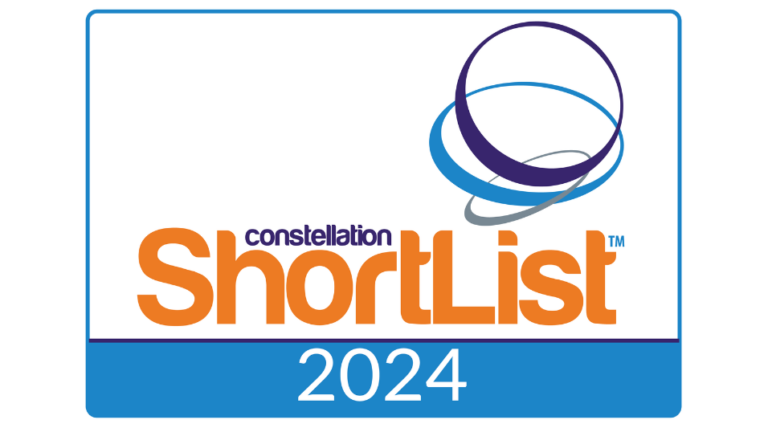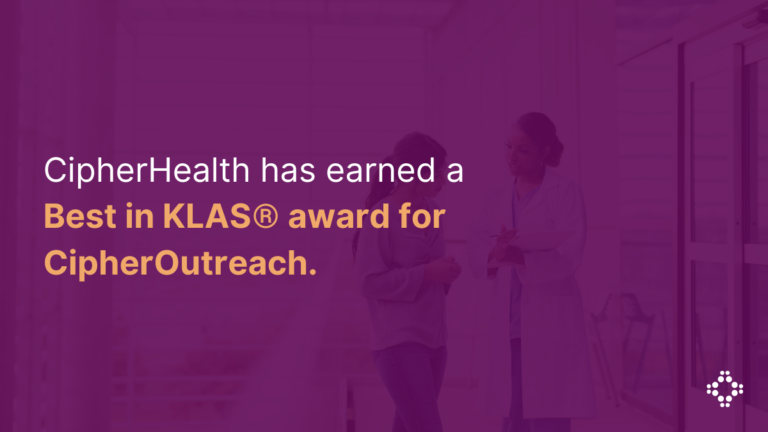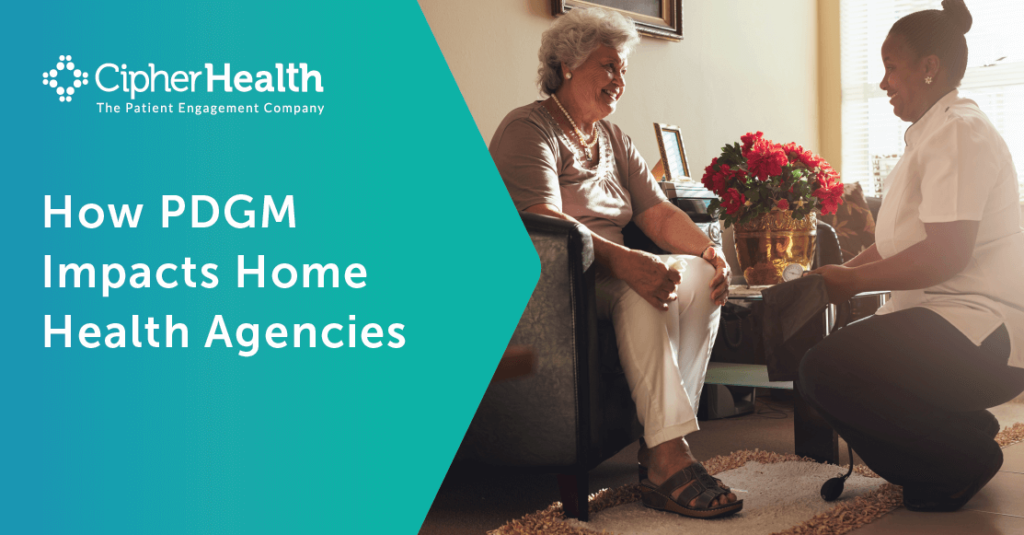Beginning January 1, 2020, home health agencies will be held accountable to CMS’s new case-mix classification and payment model known as the Patient-Driven Groupings Model (PDGM). Similar to incentives across the continuum, PDGM is seen as another step towards value-based care.
Overall PDGM will be the largest change in home health billing and operations since the implementation of the current prospective payment system (PPS) started in 1999. Being successful under PDGM will require agencies to make data-savvy decisions based on real-time patient monitoring and feedback.
Key Financial Changes in Home Health Reimbursement
The first major change in the updated model is the move from a therapy-based payment system to a clinical payment module. As an example, PDGM limits the number of therapy visits, which have carried a premium under the PPS system for the past 20 years.
The second significant change to payment under PDGM is driven by patient referral origination. What this means for agencies is that financial preference will be given to referrals coming from institutions such as hospitals and skilled nursing facilities, versus patients referred from community sources such as a primary care physician. This change, in particular, will have a major effect on referral partnership development preferences and network relationships. It is clear that home health agencies will need to evaluate how they are currently designing care delivery and the license level of clinicians involved, as well as which referral sources they choose to align with in order to adequately prepare for this payment shift.
This chart from CMS provides a high-level overview of how payments and adjustments will be calculated under PDGM.

What to Consider When Evaluating Payment and Billing Changes
PDGM uses a combination of four different categories to determine the payment. With the new model, billing will be broken into 30 day periods instead of the former 60-day episode with each patient falling under one of the four subcategories. The refinement of Case-Mix Weights increased from 153 to 432 possible groups under PDGM. The subcategories that drive the payment grouping include:
- Admission Source and Timing
- Clinical Grouping
- Functional Impairment
- Comorbidity Adjustment
Don’t Forget to Watch for Changes to Lupa
In addition to the billing and reimbursement changes, PDGM may also bring modifications to Low Utilization Payment Adjustments (LUPAs). Overall there is a change from the basic less-than-4-visits an episode, into up to 12 visits over a 60-day time frame with 216 different classifications based on patient groups. However, at this point, there is some debate among analysts as to whether PDGM will result in a decrease or increase of payments on LUPAs.
How to Prepare for the Financial Implications of PDGM
Although it is mandated that PDGM will be a budget neutral change, it does assume that home health agencies will make operational and care delivery adjustments. A key consideration when preparing is helping to avoid unnecessary LUPAs by ensuring that clinicians stay on schedule and do not miss wherever possible.
Patient engagement and communication is key to keeping home visit schedules on track and above the LUPA visit threshold. By reaching out to all patients on census between their visits, agencies can proactively identify and resolve issues that may impact a patient’s plan of care, satisfaction with care, or health outcomes.
It is no secret that CMS will continue to implement reimbursement programs that focus on value and coordinated care across the continuum. To prepare for these changes and to maximize revenue, it is crucial to implement strategies that engage patients and allows staff time to be used most efficiently.
This article was written by Andrea Harman and Lori Chenot.








